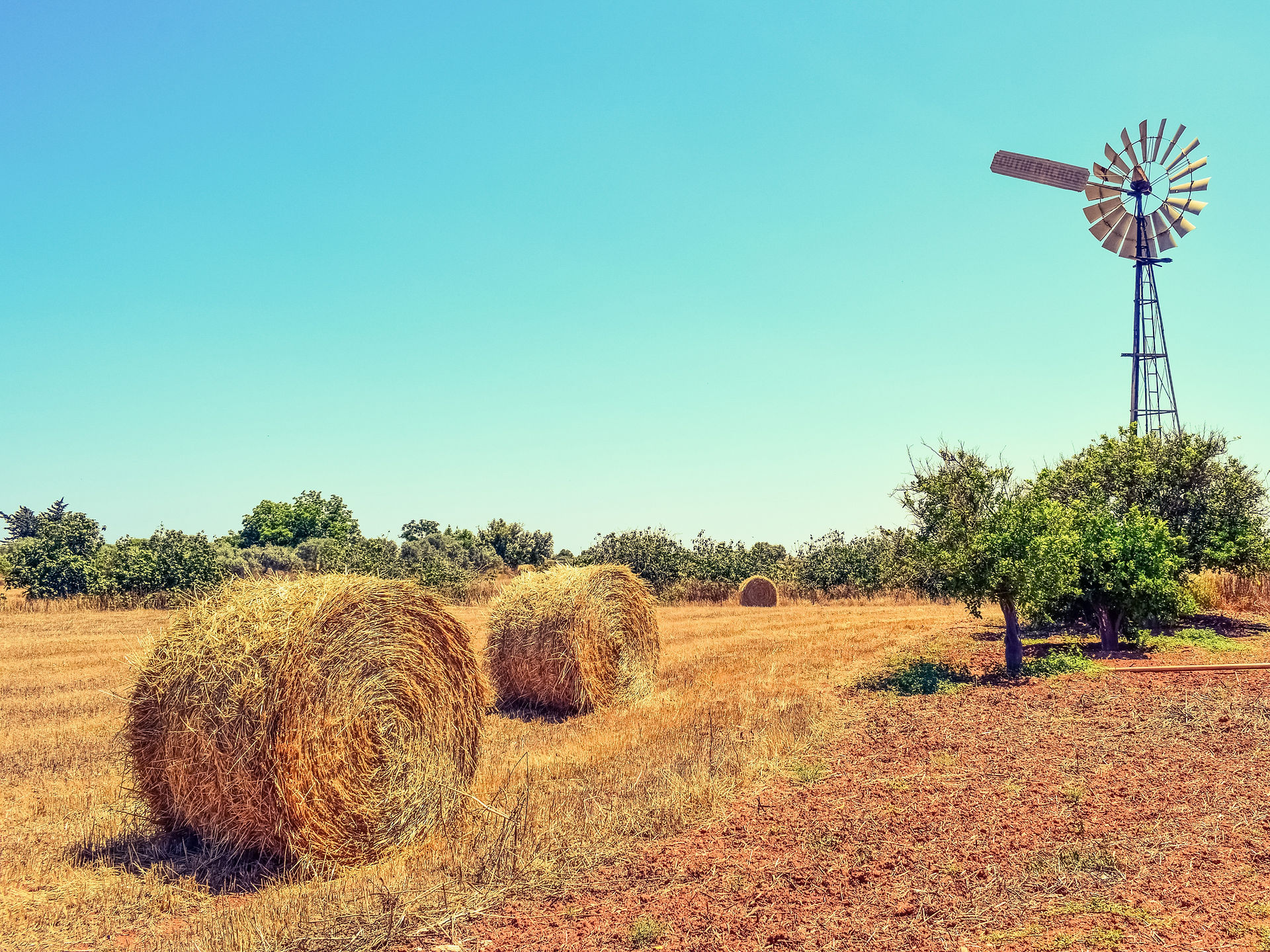
Intelligently-Designed, Edible

and Heirloom Garden Systems

Property Design
We begin by identifying the client's goals. Then we factor in the existing nature of the landscape and take an ecological systems approach to achieve a highly functional result, working with, not against, the earth.
We believe in 'lazy farming' (a phrase coined by Permaculture founder Bill Mollison). To explain the idea, consider a natural forest. A forest consists of tens of thousands of different species of animals, plants, fungi & microbes that all produce food, mulch (leaves/sticks/etc..), shelter (wood), medicines (plants/fungi), etc... while simultaneously interacting to store water, filter toxins, propagate & spread, respond to pests or fires, and a host of other functions ALL WITHOUT THE INPUT OR WORK OF HUMANS. If we take the forest system and tweak it, we can design an environment to produce more of the items we desire (peaches, honey, timber...) in a way that optimizes the natural interaction of all the elements so humans don't have to do all that conventional 'back-breaking' farm work! It also means no poisonous, expensive inputs need to be added year after year, and the design environment will provide a refuge for dwindling specis and help combat climate change. Additionally, thousands of studies have now been published about the immense health benefits of organically growing food and interacting with soil to help with many conditions ranging from autism, depression, auto-immiune conditions and Alzheimer's. One of the main reasons conventional agriculture & food production fails to achieve even 10% of all the benefits just listed, is because the industry's entire design is fundamentally flawed. That's where we come in.
Farm & Backyard Design
Farm Design - Full-scale, permaculture design for landscapes larger than 1 acre. Self-sufficient plant & animal food systems, as well as utility crops (like timber, reeds, cattle forage, etc..) designed for 'lazy farmers'. The design elements require Specialized Earth Moving, Livestock Infrastructure, Water Harvesting & Retention Systems, Food Forests, and many more elements depending on the client's desires and the specific property conditions. Below examples of larger and smaller scale sections of property designs and elements are shown:
Backyard Design - Back or Front Yard properties sized 1/8 acre to one full acre, typically located in more suburban areas. This is for the busy client who would like to grow their own fruits and vegetables but is limited by time or space. Guilds, Fruit trees, perennial vegetable beds, chicken coops, easy-reach raised annual vegetable beds, rainwater harvesting and greenhouse builds are some of the elements used on this scale design.
The Design Process
The first step is to call or email us with the type of design desired and your location. We will set up a design consultation & ask a few brief questions. Consultations occur on-site with the client where we discuss the client's objectives, walk the property and make note of the landscape's potential, and begin to formulate a plan. The consultation fee is $300.
Next we observe the landscape and gather environmental data as well as research local codes & ordinances. Client communication is crucial as we continually edit the design. We will meet on-site three more times to continually develop, confirm and update the design, and on the fourth time to confirm on the final design & discuss implementation. In the last meeting we discuss any contractors and specialists we have found that may be needed, present the detailed budget & project schedule, and present the final 'acting' design. After projection completion, there will be a framed 'final' design & project photo timeline, and you will receive specific guides/manuals tailored to your property elements. The design fee is generally 14% of the total project budget, and includes the property survey fee, soil analysis, and any other specialty consultation fees by outside contractors. The design includes the overall property design and separate, detailed specialty areas (kitchen garden, perennial pasture, forage pasture, food forest swales, etc...).
Depending on the design complexity, a series of 3-6 installations ranging from one to two weeks per installation will be performed over the span of 6 months to 1 year. Besides the fact that some design practices require up to a year to complete, we generally prefer to work at least 6 months on a property to ensure success over varying climate conditions. Gradual phases also allow the client to spend time learning about each element and preparing for the next step.


